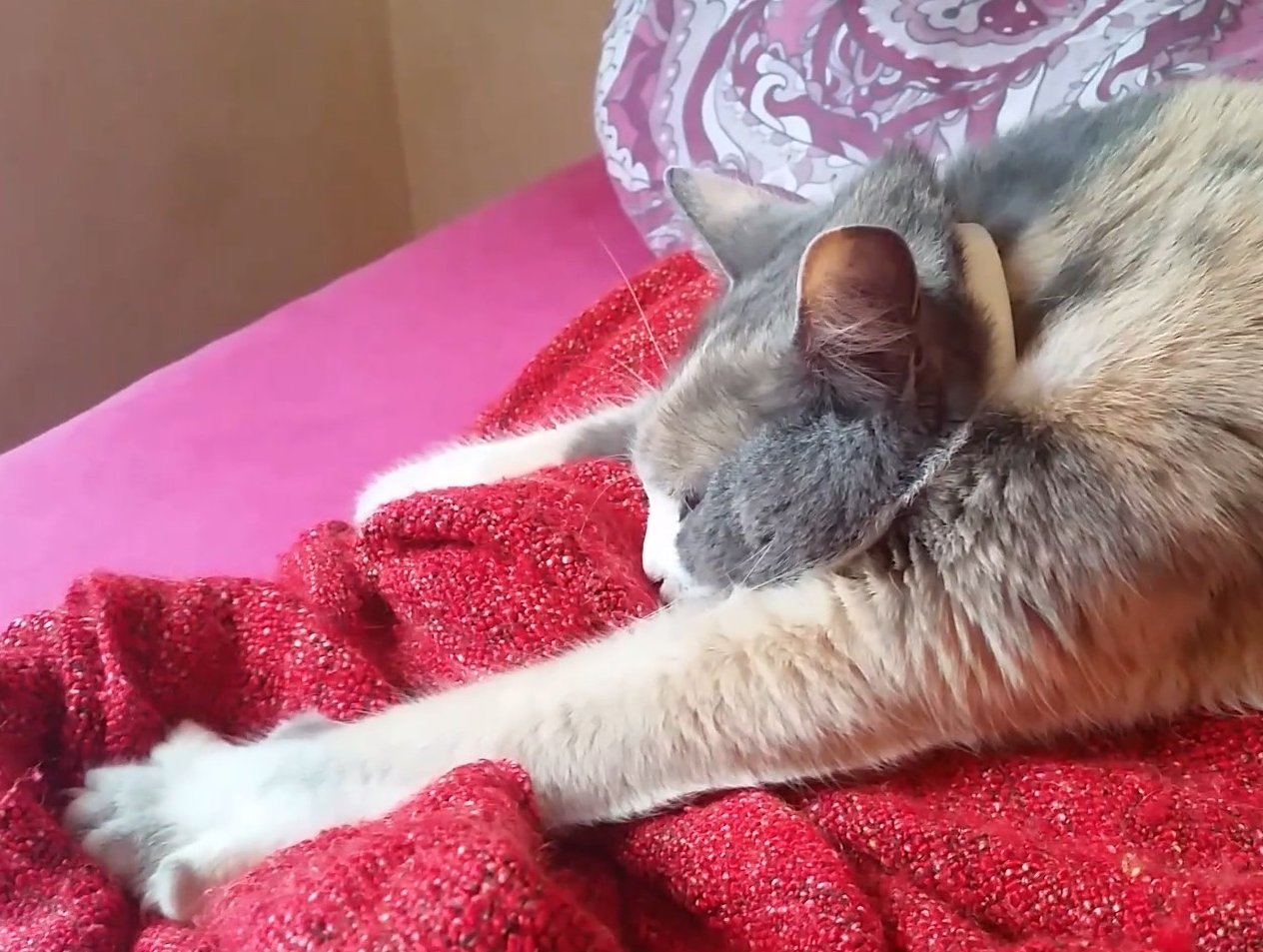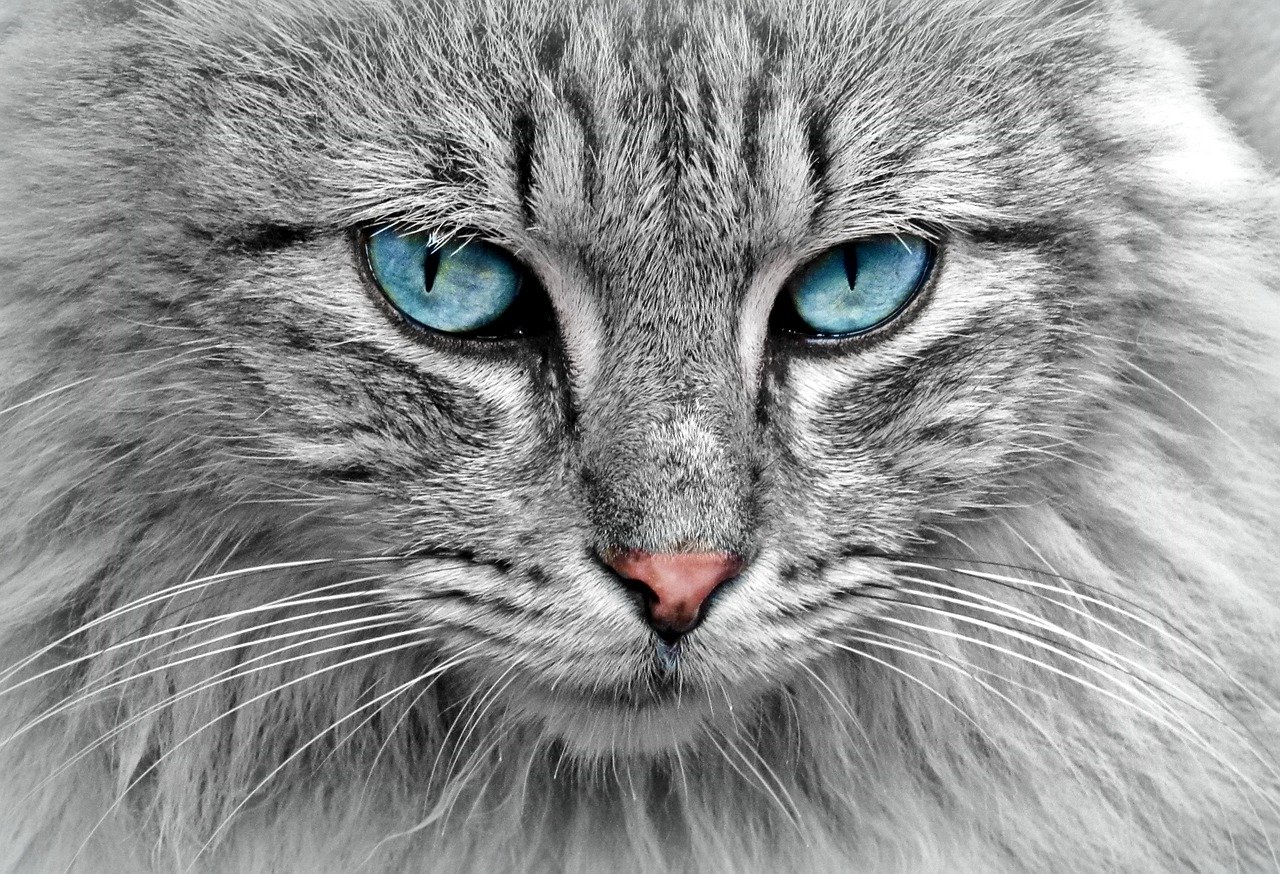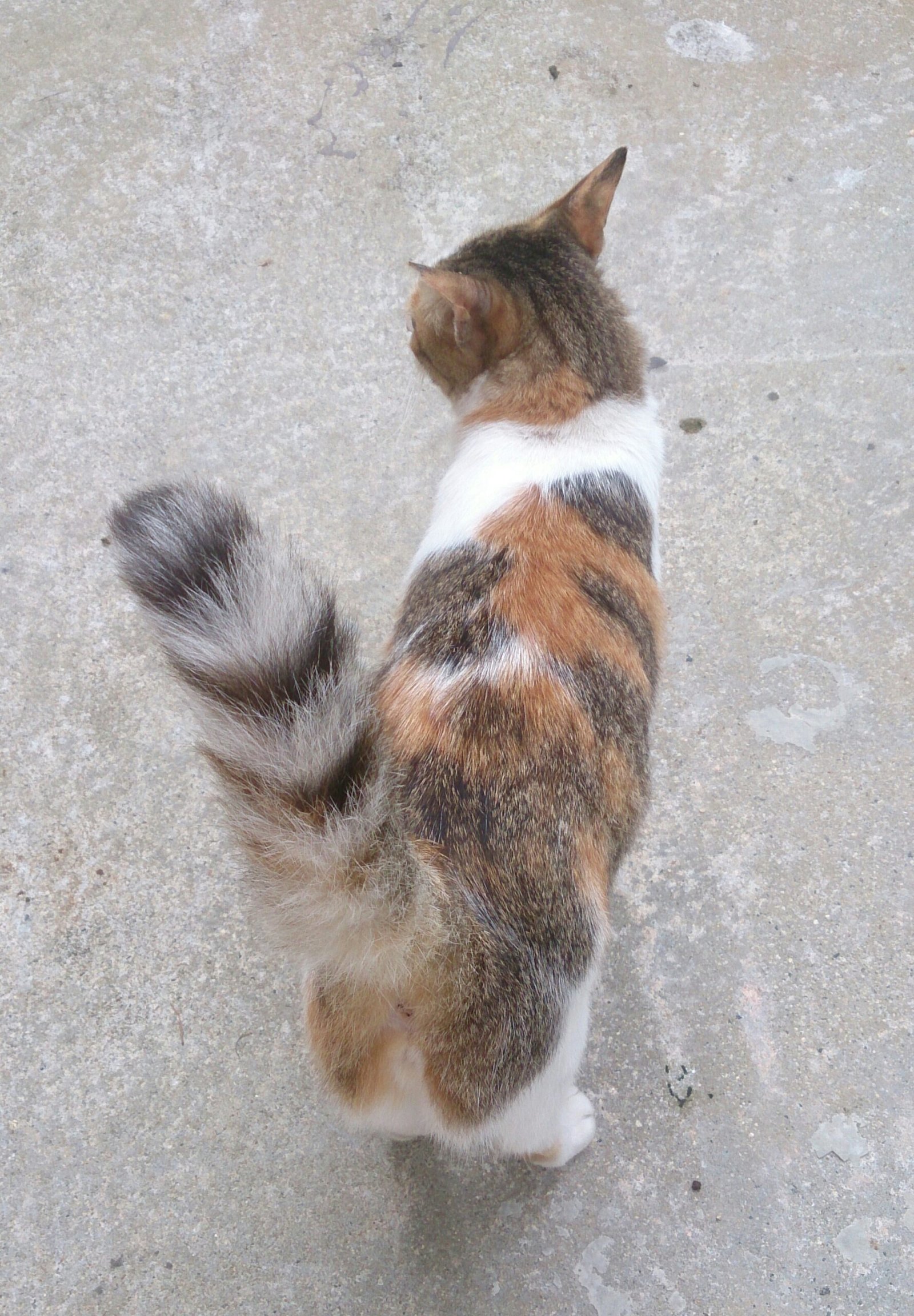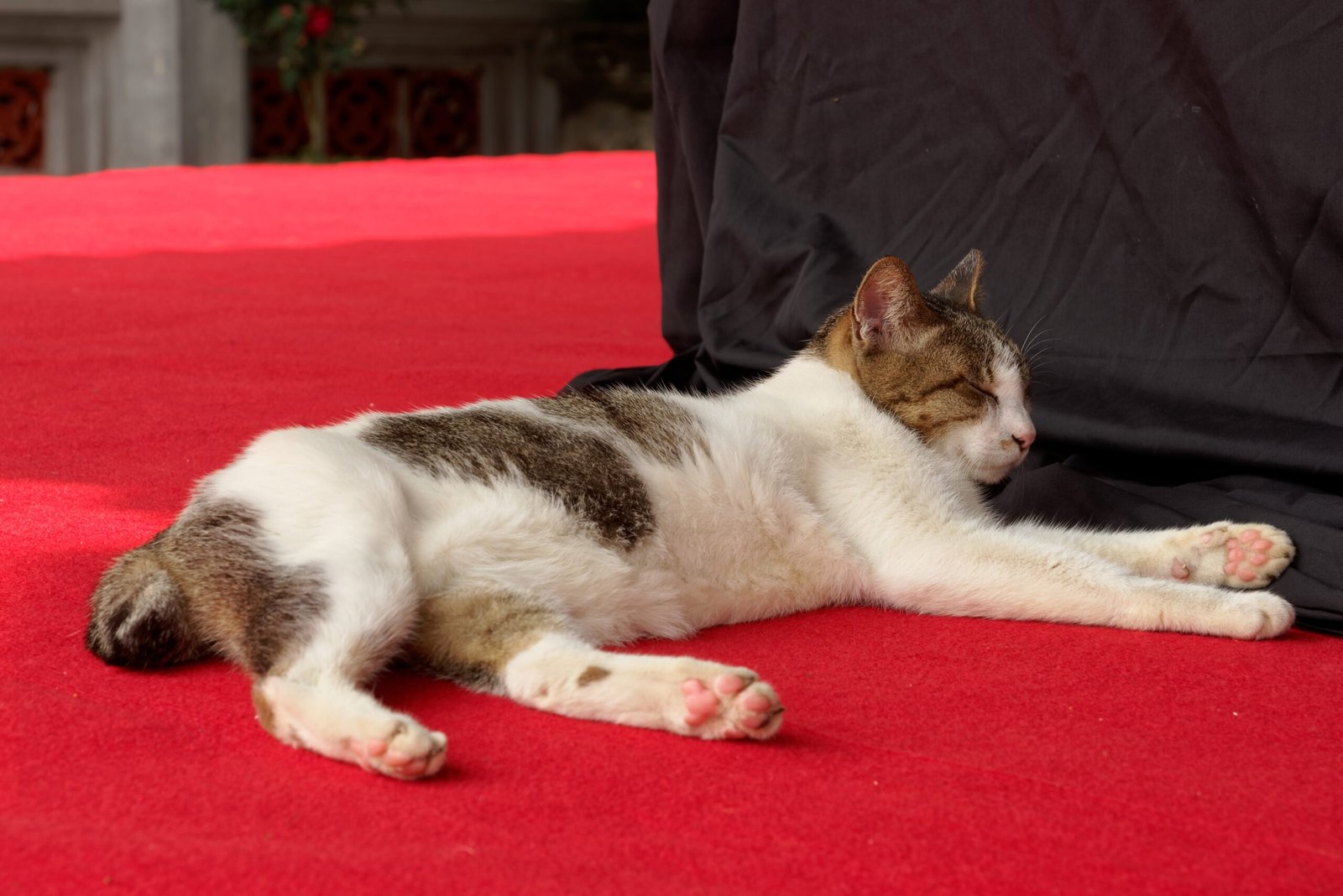Cats have long been the enigmatic companions of humans, captivating us with their mysterious and often misunderstood behaviors. Regardless of their reputation for being aloof or independent, many of their actions reveal a deep connection and effort to communicate and bond with their human friends. In this article, we explore seven cat behaviors that silently scream, “I’m trying my best!” Whether you’re a seasoned cat lover or a newcomer to the feline world, understanding these behaviors can enrich the bond you share with your furry friend.
Purring: The Gentle Hum of Contentment
When a cat purrs, it is often perceived as a sign of happiness and relaxation. This soothing sound, much like a gentle hum, is a cat’s way of expressing contentment. However, purring can also indicate that your cat is trying to comfort itself or you. For instance, when a cat is in pain or feeling stressed, it might purr to soothe its own nerves. This multifaceted behavior shows a cat’s effort to maintain harmony and peace within its environment, proving that they are always trying their best to keep both themselves and their humans calm and content.
Kneading: A Sign of Affection

Kneading, often referred to as “making biscuits,” is a behavior cats carry from kittenhood. When a cat kneads you or a soft surface, it is a sign of affection and trust. This action mimics the comforting kneading kittens do to stimulate milk flow from their mother’s teat. When your adult cat kneads you, it is expressing a deep-seated affection and a desire to connect, showing that it is trying its best to communicate love and comfort. This behavior is a testament to the bond between you and your furry friend.
Slow Blinking: The Cat’s Kiss
When a cat looks at you and slowly blinks, it is giving you what many cat enthusiasts call “cat kisses.” This behavior is a sign of trust and affection, as cats are naturally cautious creatures. Offering a slow blink is a vulnerable gesture, indicating that your cat is comfortable and trusts you completely. By returning the slow blink, you can reciprocate the affection and strengthen the bond between you and your cat. This simple yet profound gesture is your cat’s way of saying, “I’m trying my best to show you I care.”
Bringing “Gifts”: The Hunter’s Offering
Cats are natural hunters, and one way they show their appreciation and effort is by bringing you “gifts.” While it may not be pleasant to receive a dead mouse or a bug, this behavior signifies that your cat considers you part of its family. This act is comparable to a hunter sharing its bounty with loved ones. By offering these tokens, your cat is trying its best to contribute to the household and demonstrate its loyalty and affection.
Head-Butting: A Mark of Bonding

Head-butting, or bunting, is a behavior where a cat gently presses its head against you. This is a sign of bonding and affection, as cats have scent glands on their heads. By head-butting you, your cat is marking you with its scent, claiming you as part of its territory and family. This behavior is a heartfelt effort by your cat to connect with you on a deeper level, showing that it is trying its best to maintain a strong bond with you.
Following You Around: The Loyal Companion
If your cat often follows you from room to room, it is displaying a behavior akin to loyalty and companionship. Cats are curious creatures and enjoy being close to their trusted humans. This behavior shows that your cat values your presence and wants to be involved in your activities. By sticking close to you, your cat is trying its best to show its dedication and desire to be a part of your life.
Meowing: The Vocal Expression
Cats meow primarily to communicate with humans, using a range of tones and pitches to convey different messages. This vocal expression is your cat’s way of trying its best to communicate its needs and emotions to you. Whether it’s a request for food, attention, or simply a greeting, each meow is a testament to your cat’s effort to bridge the communication gap between species. By listening and responding to these vocalizations, you can deepen your understanding of your feline friend.
Licking: The Social Grooming
When a cat licks you, it is engaging in a behavior known as social grooming. This is a sign of affection and trust, as cats groom each other to strengthen social bonds. By licking you, your cat is including you in its social circle and trying its best to show care and affection. This behavior is a touching reminder of the bond you share and your cat’s desire to connect with you on a deeper level.
Tail Language: The Expressive Appendage

A cat’s tail is a powerful tool for communication, revealing a wide range of emotions. From an upright tail signaling confidence and happiness to a puffed-up tail indicating fear or aggression, your cat’s tail language is a testament to its effort to communicate its feelings. By paying attention to these subtle cues, you can better understand your cat’s emotional state and respond accordingly. This behavior shows that your cat is always trying its best to keep you informed and connected.
Sleeping Next to You: The Trusting Companion

When a cat chooses to sleep next to you, it is a sign of deep trust and affection. Cats are vulnerable when they sleep, and choosing to do so near you indicates that they feel safe and secure in your presence. This behavior is a heartwarming reminder of the bond you share, as your cat is trying its best to show its trust and love by seeking comfort and security in your company.
In conclusion, cats, with their enigmatic charm and subtle behaviors, are constantly trying their best to communicate and connect with their human companions. By understanding and appreciating these behaviors, we can foster a deeper bond and enrich the lives of both ourselves and our feline friends. Each gesture, from a gentle purr to a slow blink, is a testament to the silent yet profound effort our cats make to show their love and dedication.
Hi, I’m Bola, a passionate writer and creative strategist with a knack for crafting compelling content that educates, inspires, and connects. Over the years, I’ve honed my skills across various writing fields, including content creation, copywriting, online course development, and video scriptwriting.
When I’m not at my desk, you’ll find me exploring new ideas, reading books, or brainstorming creative ways to solve challenges. I believe that words have the power to transform, and I’m here to help you leverage that power for success.
Thanks for stopping by, Keep coming to this website to checkout new articles form me. You’d always love it!






